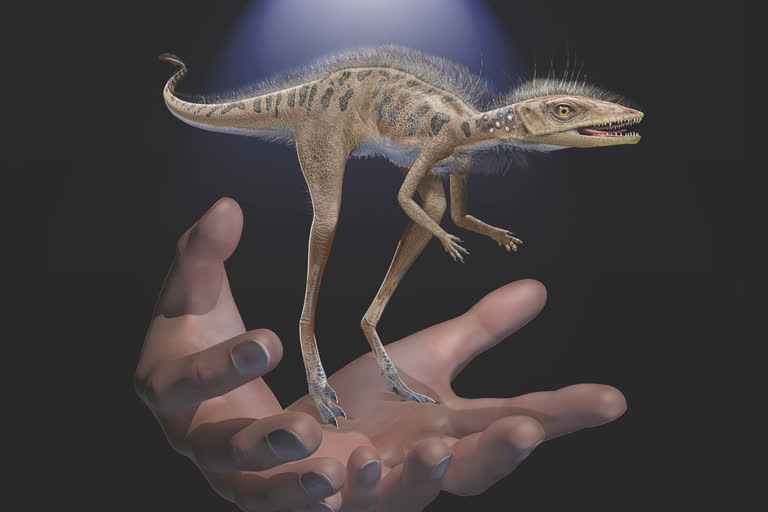Washington: Meet Kongonaphon Kely, a pocket-sized dinosaur forerunner that was smaller than your cellphone.
The creature, which predated dinosaurs and flying pterosaurs, was just shy of 4 inches (10 centimeters) tall, according to a study published on Monday in the journal Proceedings of the National Academy of Sciences.
Read also: Aus firefighters save world's only dinosaur trees
"Some of these things would have been quite cute animals," said study lead author Christian Kammerer, a paleontology researcher at the North Carolina Museum of Natural Sciences. Looking like a small dinosaur that could fit in your hand, Kammerer mused that it "would probably make a great pet."
Read also: Kneel into Australian caves to know extinct megafauna's secrets
Of course, no humans were around when Kongonaphon was roaming the wild, jumping around with its strong hind legs and feeding on bugs with its peg-like teeth, Kammerer said. The name means tiny bug slayer.
The fossils, dug up in Madagascar, date from 237 million years ago. Scientists figure the little guy was an adult because of growth rings in its bones, Kammerer said.
AP



